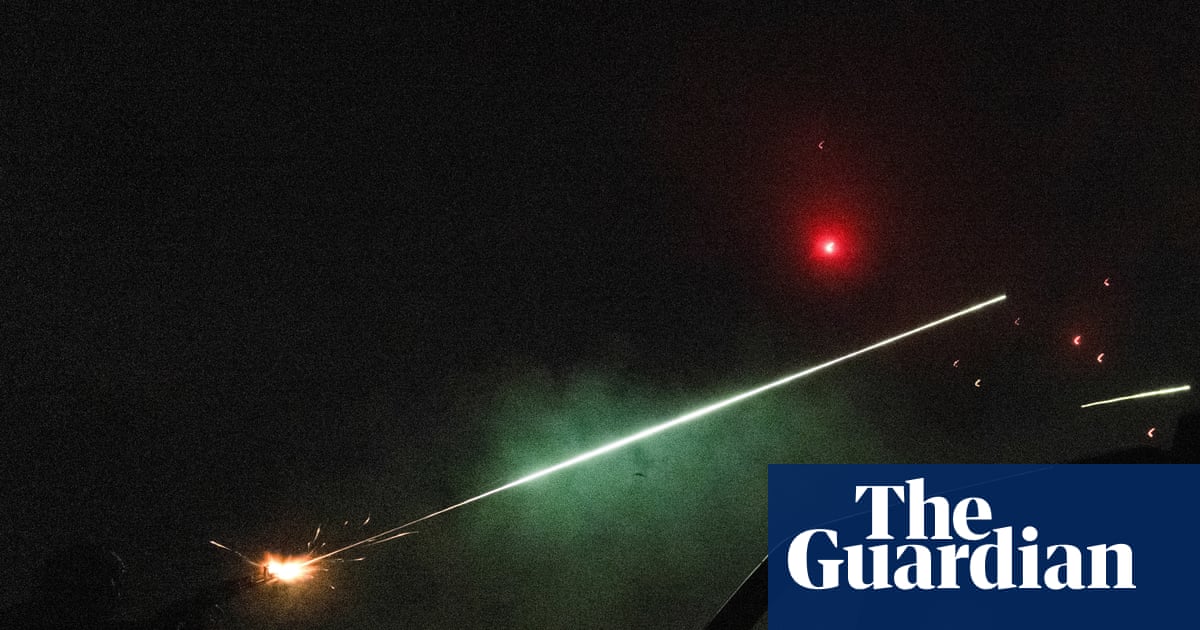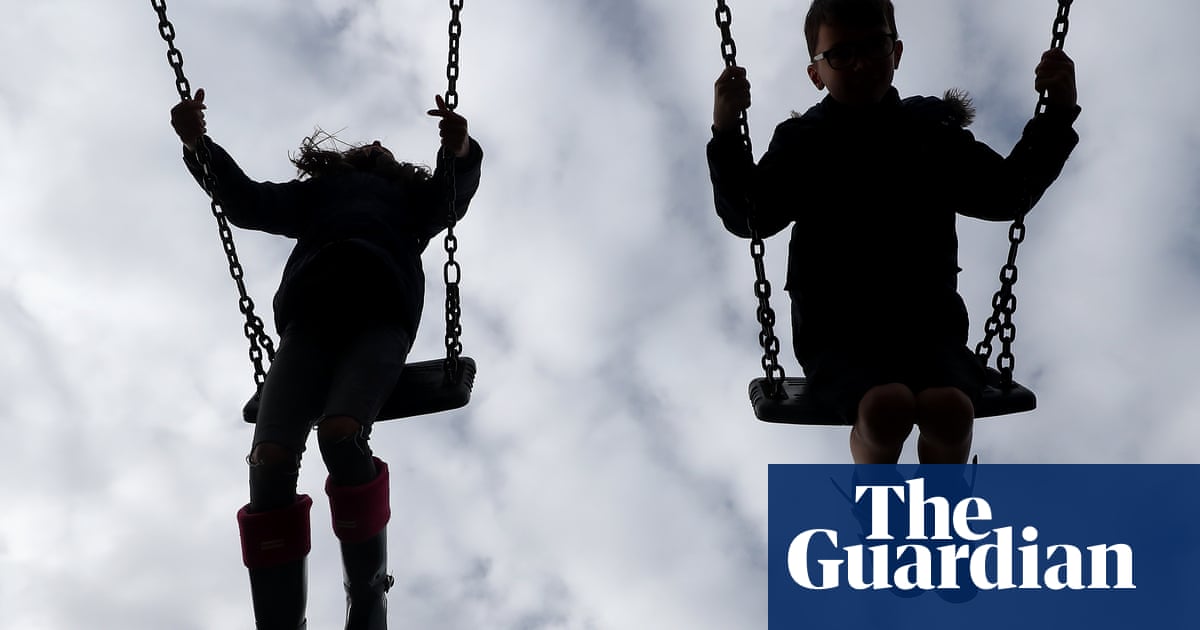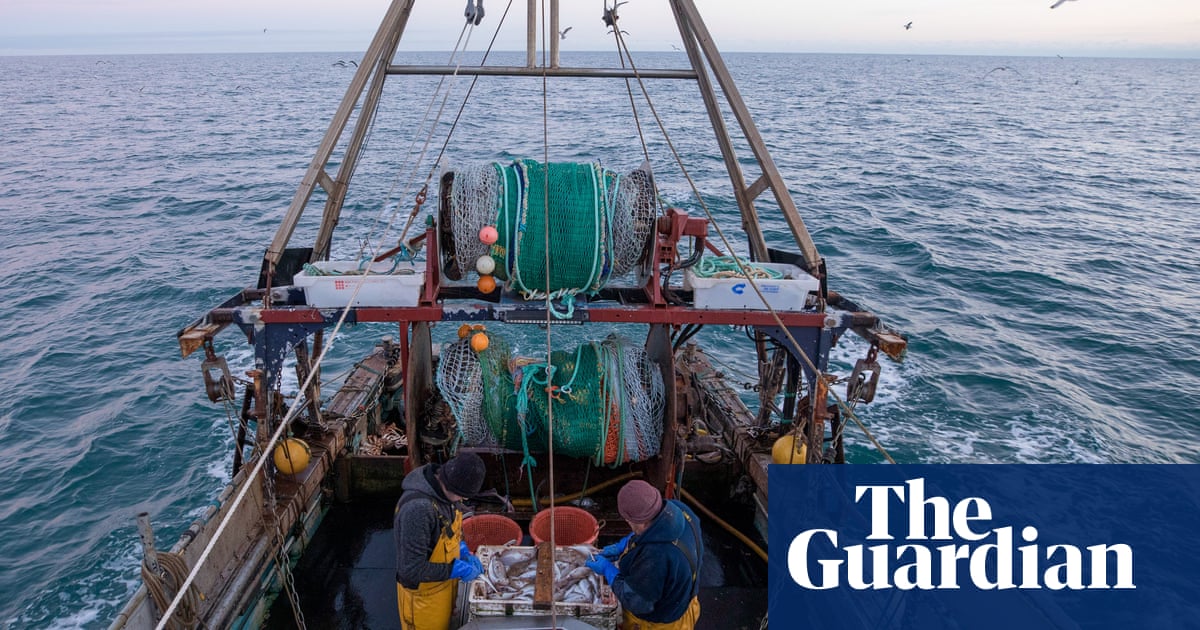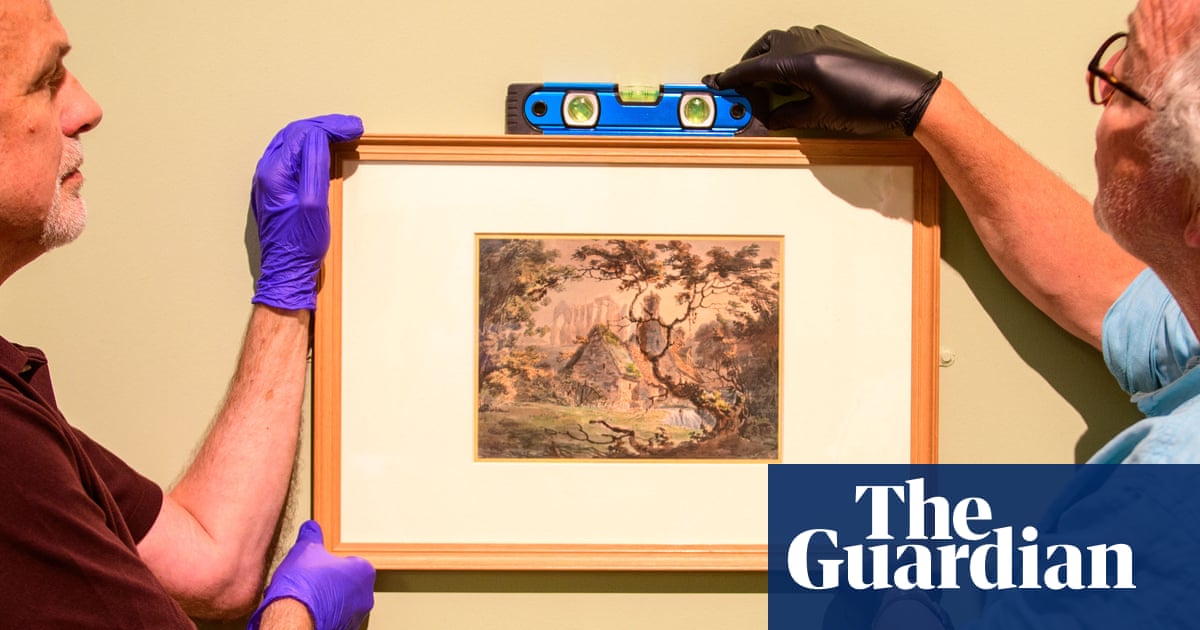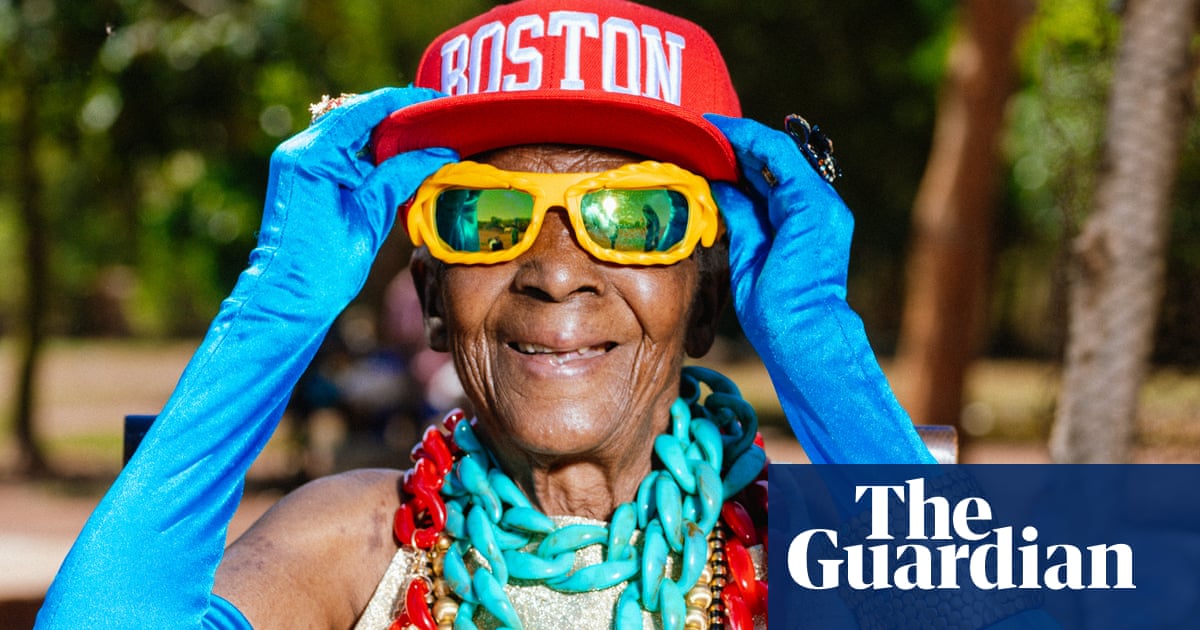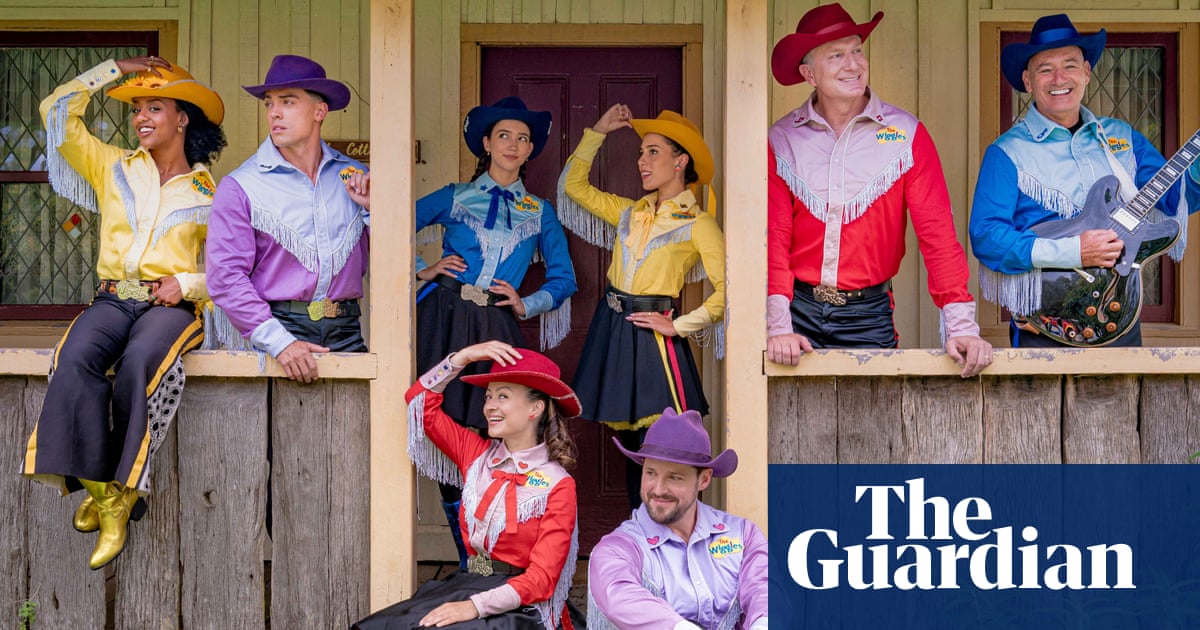Imagine your body was the weight of a raisin, supported by just a pair of flimsy, gossamer wings. Now imagine that you had to fly for 3,000 miles, avoiding storms, highways and predators, to ensure your species continued.
Could you do it? Unless you’re a monarch butterfly, fortunately you won’t have to face such a challenge.
Monarchs undoubtably get a healthy slice of the limelight. Their recognisable orange and black patterned wings are endlessly replicated in art, and people lovingly raise their caterpillars in captivity or plant their sole food, milkweed, in hopes of boosting their numbers.
But unlike some animals out there – let’s discuss this later, pandas – monarch butterflies deserve the adulation. They somehow use the angle of the sun and the Earth’s magnetic field to guide them on their vast migrations, a journey stretching from as far as the north-eastern US and Canada to a small patch of forest in the mountains of central Mexico.
When at these overwintering sites, roosting in their millions in the oyamel fir trees, the monarchs are like a single, fluttering being, a cresting wave of orange and black blanketing the forest. When they stir all at once, lifting from branches that sag under their weight, it is like being in a waking dream. Fortunate observers are able to witness one of the most gorgeous sights in nature.

The next generations of monarchs, in stages, then make the return journey as winter fades away, guided by their incredible navigation skills and protected by a useful cocktail of internal poisons, derived from the milkweed, that deters would-be avian assailants.
A single monarch female can lay up to 500 eggs in her lifetime, the start point of another seeming miracle, that of metamorphism. Small green and white striped caterpillars emerge from the eggs, which feed on milkweed leaves, transforming into pupae within two weeks. The monarch lava slings a thread of silk, much like Tarzan, to a leaf as it sheds it skin and forms a hard shell.
A few weeks later, a fully formed butterfly bursts from this chrysalis. Not for nothing is the species’ scientific name Danaus plexippus, which in Greek means “sleepy transformation”.
It is a grim indicator of the parlous state of insect life that even monarch butterflies, the most beloved of all six-legged creatures, face an existential struggle. Last year, the US government proposed the species be listed as endangered for the first time, its numbers winnowed away by habitat loss, pesticide use and the onward relentless march of the climate crisis.
after newsletter promotion
Let us not lose these stunning, ultramarathon-flying creatures from our lives – we should instead bestow them the honour of winning Guardian’s invertebrate of the year. Even if you’re not a royalist, vote monarch.
-
Between 24 March and 2 April, we will be profiling a shortlist of 10 of the invertebrates chosen by readers and selected by our wildlife writers from more than 2,500 nominations. The voting for our 2025 invertebrate of the year will run from midday on Wednesday 2 April until midday on Friday 4 April, and the winner will be announced on Monday 7 April.

.png) 1 month ago
24
1 month ago
24
